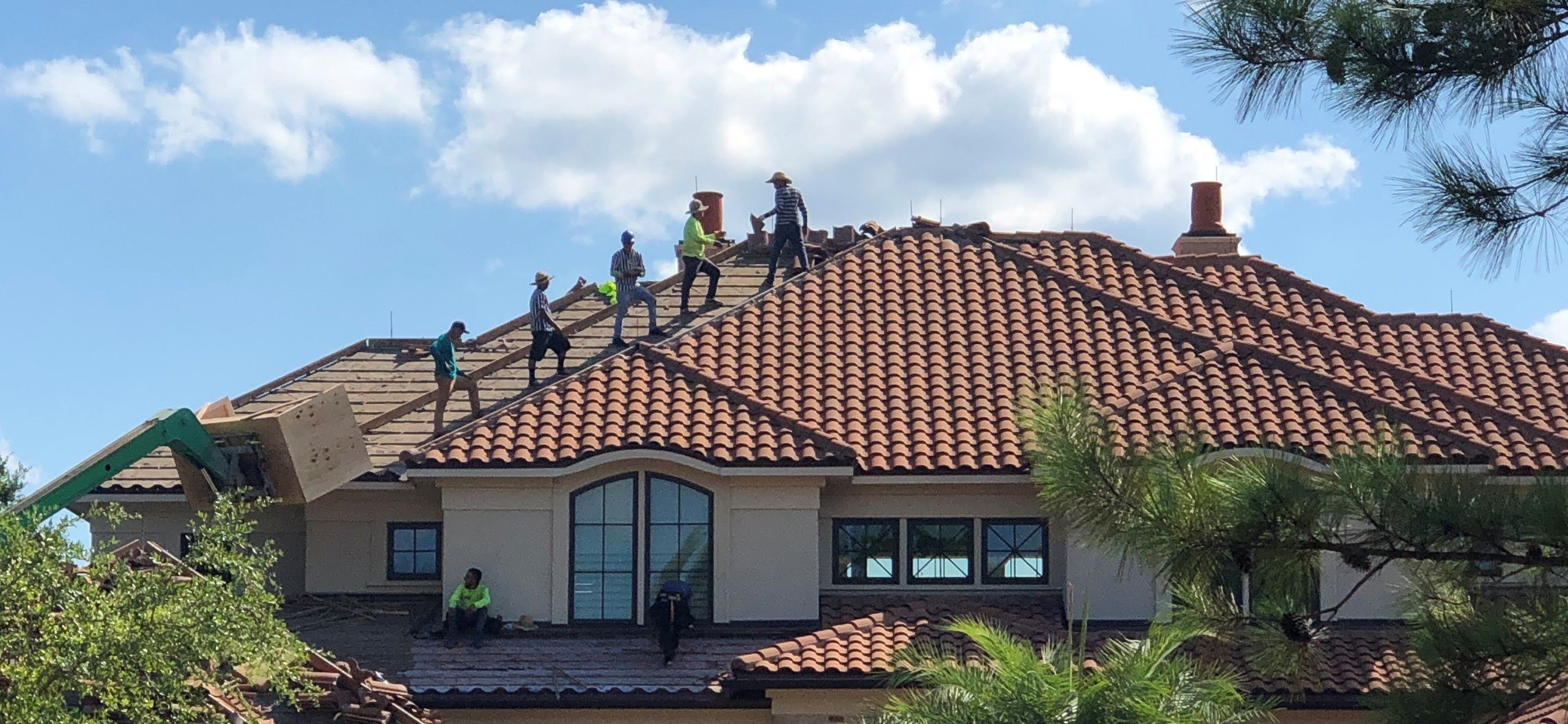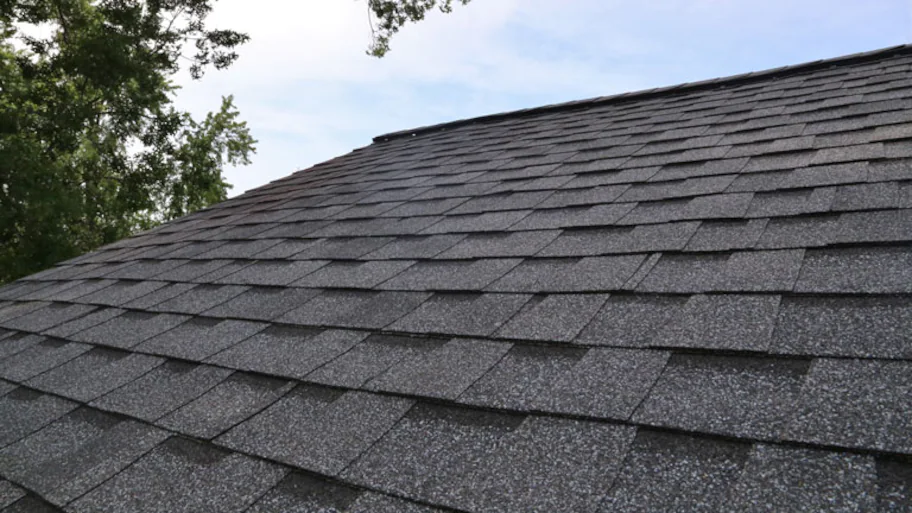Finest Practices for Ensuring Proper Roof Air Flow
A balanced intake and exhaust vent ratio, typically 1:300, plays a crucial role, with intake vents preferably placed at the reduced edge of the roof covering for amazing air entry and exhaust vents at the peak for warm air leave. Maintaining insulation away from vents is crucial to stop air movement constraint.
Understand Air Flow Essentials
Correctly recognizing air flow basics is important for making sure the long life and performance of roof. Effective ventilation mitigates dampness accumulation and temperature level extremes in the attic, both of which can cause substantial architectural damages with time. A well-ventilated roof covering aids in stopping usual concerns such as mold and mildew development, timber rot, and ice dams, which can jeopardize the stability of the roofing materials and the underlying structures.
The primary objective of ventilation is to promote the motion of air, permitting a constant exchange in between the indoor and outside settings. This equilibrium is attained via a combination of intake and exhaust vents that function with each other to keep optimum air movement. Consumption vents, normally located along the eaves or soffits, allow fresh air to go into the attic space, while exhaust vents, typically positioned at or near the roof covering ridge, allow hot, damp air to leave.
Key factors influencing the effectiveness of roof air flow include correct placement, appropriate sizing, and making sure that both intake and exhaust vents are unobstructed. Normal assessment and maintenance are important to determine potential clogs, damages, or inadequacies in the ventilation system, thereby securing the roof's efficiency and resilience.
Kinds Of Roofing System Vents
Roofing vents play a crucial function in preserving efficient attic ventilation and, by extension, the overall health and wellness of the roof covering system. Different kinds of roofing system vents are offered, each with special benefits tailored to certain roof covering demands.

Soffit vents are installed under the eaves and work in tandem with roofing vents to make sure a balanced consumption and exhaust system. By permitting cooler air to go into from below, soffit vents promote the expulsion of hot air via top vents. Gable vents, situated on the exterior wall surfaces of the attic room, offer one more reliable remedy, specifically in homes with saddleback roofs.
Examine Your Present Air Flow

Next, take into consideration the age and problem of your roofing materials and air flow elements. Older systems may not follow present building regulations or might have weakened in time, reducing their performance. Conduct a thorough assessment to determine any kind of indications of damage, such as corrosion, damage, or spaces that could endanger the system's performance.
Additionally, determine the attic room temperature level and humidity levels. High temperature levels and moisture can suggest insufficient air flow.
Installment Best Practices
Effective installment of roof air flow systems is critical for ensuring optimum efficiency and longevity. Appropriate installment starts with understanding the particular ventilation go right here needs of the roofing and the structure it covers. This includes determining the appropriate proportion of intake to exhaust vents, usually adhering to the 1:300 policy, which specifies one square foot of ventilation for every 300 square feet of attic floor space.

The positioning of vents is equally essential. Intake vents need to be installed at the roof covering's lower side, often in the soffits, to enable awesome air to get in. Exhaust vents, on the other hand, need to be set up near or at the roof's top to promote the leave of warm, damp air. This produces an all-natural airflow that assists keep temperature and moisture equilibrium within the attic room space.
Seal all vent connections carefully to stop air leaks and potential water infiltration. Use high-quality materials and comply with maker standards to ensure toughness and efficiency. In addition, incorporating ridge vents with baffles can significantly enhance airflow efficiency by stopping wind-driven rainfall and snow from getting in the attic room.
Inevitably, specific installment of roof covering air flow systems minimizes possible concerns such as mold and mildew growth, ice dams, and architectural damage, making sure the roofing's stability and the structure's general health and wellness.
Routine Upkeep Tips
Consistency in upkeep practices is basic to guaranteeing the lasting efficiency of roof covering air flow systems. During these assessments, guarantee that vents are complimentary of debris, nests, and various other blockages that can hinder air flow.
Make use of a soft brush or a vacuum cleaner to remove dust and particles from intake and exhaust vents. Be cautious not to harm the vent screens or louvers during the process.
Correct insulation is equally crucial. Make certain that attic room insulation does not obstruct the vents, as this can significantly restrict air flow. If any insulation has moved or cleared up, reposition or change it to keep a reliable barrier.
Last but not least, replace any type of damaged or missing out on elements without delay. Broken vents, cracked shingles, or worn-out blinking can all add to inadequate air flow and should be dealt with right away. Regular maintenance guarantees that the roof covering ventilation system functions ideally, therefore prolonging the life-span of the roof itself.
Verdict
Making certain proper roofing air flow is extremely important for keeping the efficiency and durability of a roof. Adherence to the 1:300 consumption and exhaust vent proportion, combined with the strategic positioning of vents, is crucial. Normal biannual evaluations, debris cleansing, and making sure insulation does not obstruct air movement are critical practices. Applying these finest practices will foster a well-ventilated roof, consequently reducing possible issues connected to moisture buildup and too much warm, inevitably lengthening the roofing system's lifespan.
A well balanced consumption and exhaust vent ratio, generally 1:300, plays a pivotal duty, with intake hop over to these guys vents preferably positioned at the reduced our website edge of the roof covering for amazing air access and exhaust vents at the optimal for cozy air leave. Intake vents, usually located along the soffits or eaves, allow fresh air to go into the attic room room, while exhaust vents, usually situated at or near the roofing system ridge, make it possible for warm, moist air to leave.
Soffit vents are set up under the eaves and job in tandem with roofing vents to guarantee a balanced intake and exhaust system. By enabling cooler air to get in from below, soffit vents facilitate the expulsion of hot air with upper vents. Adherence to the 1:300 consumption and exhaust vent ratio, combined with the calculated positioning of vents, is vital.